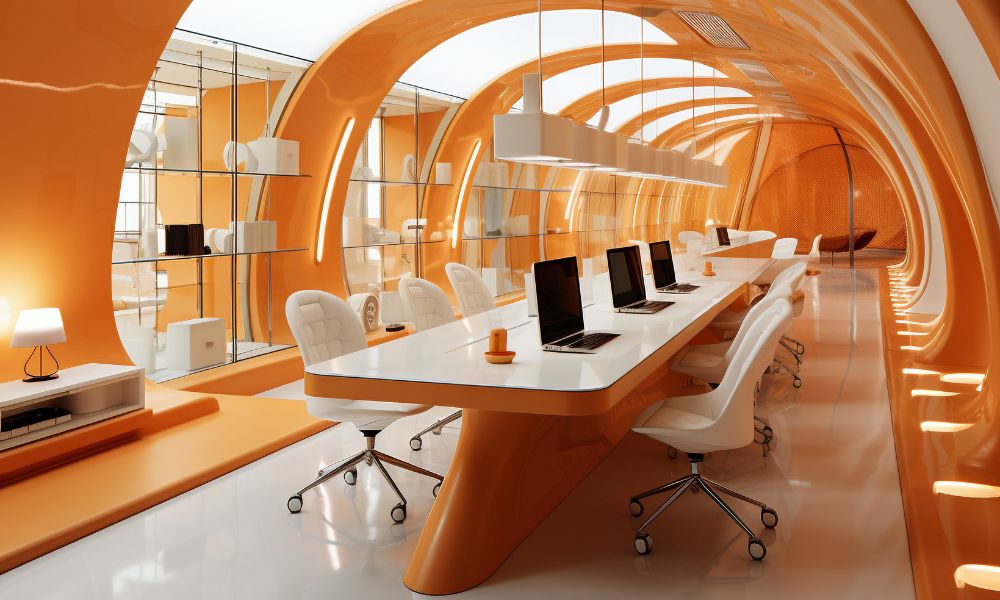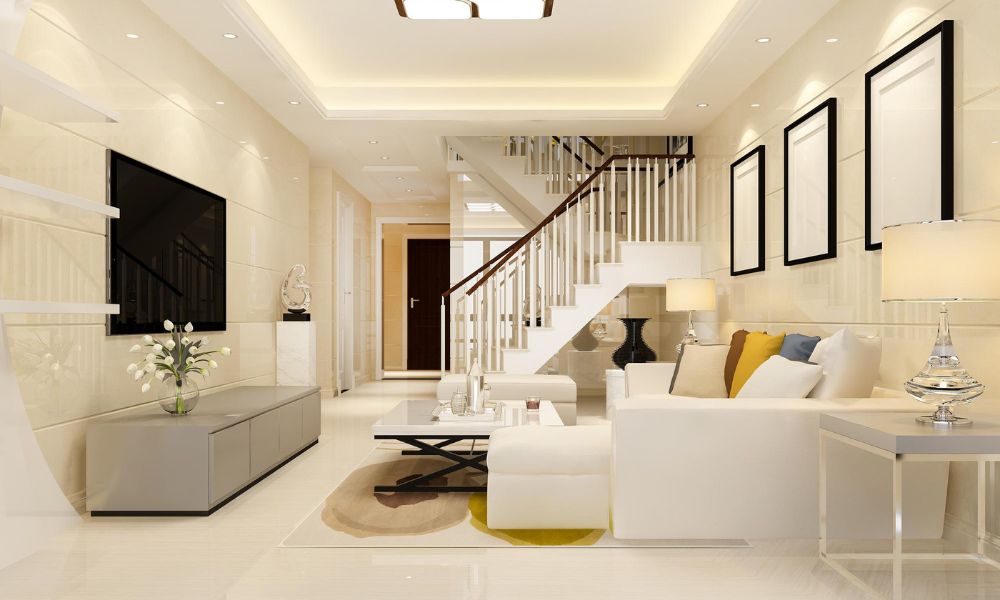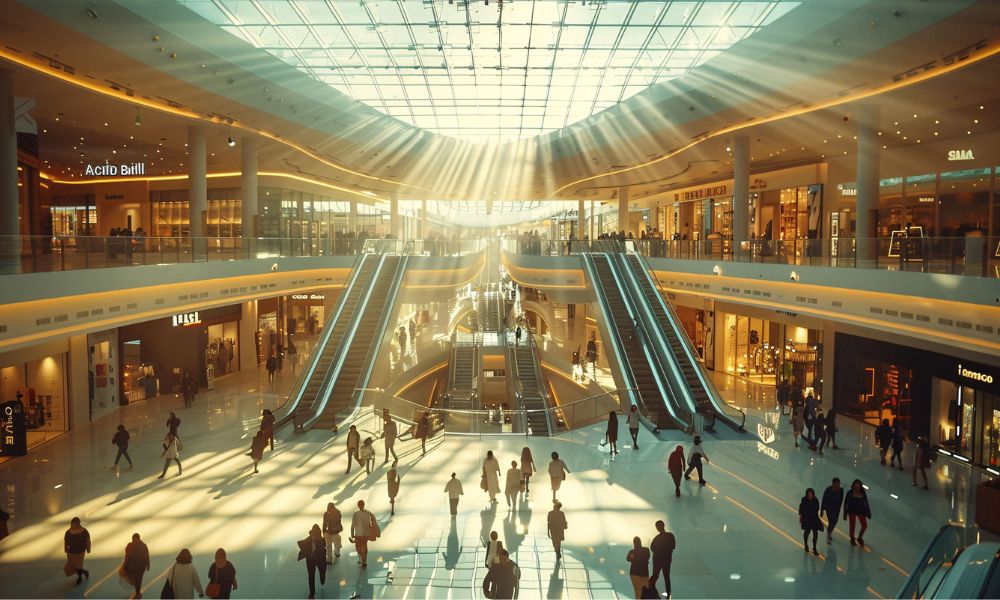Discover how modern commercial architecture redefines workspaces with innovation, sustainability, and human-centered design for today’s businesses.
The New Face of Workspaces
In today’s fast-changing world, the spaces we work in matter just as much as the work itself. Gone are the days when commercial buildings were just concrete boxes filled with cubicles. Today, modern commercial architecture is redefining what a workspace means — blending functionality, innovation, and human-centric design to shape environments where people thrive.
From tech hubs to co-working spaces, architecture plays a pivotal role in shaping company culture, boosting productivity, and even influencing brand identity. The future of work is not just digital — it’s spatial, and modern commercial architecture sits at the core of this transformation.
The Rise of Modern Commercial Architecture
Commercial spaces have always reflected economic and cultural shifts. Early office buildings prioritized scale and efficiency, focusing more on structure than on people. But in the 21st century, the role of architecture has evolved.
Key drivers shaping the evolution:
- Technology: Smart buildings, integrated digital systems, and sustainable infrastructure.
- Work Culture: Remote work, collaboration zones, and flexible layouts.
- Sustainability: Eco-conscious designs and energy-efficient materials.
- Branding: Workspaces as a reflection of company values and aesthetics.
Modern commercial architecture is no longer just about creating a place to work; it’s about creating experiences that inspire.
Design Principles That Redefine Workspaces
1. Human-Centered Design
Employees spend most of their day in the workplace. Modern commercial architecture prioritizes well-being with natural light, open spaces, and ergonomic layouts. This focus enhances productivity, reduces stress, and builds a healthier environment.
2. Flexibility and Adaptability
Today’s businesses evolve quickly. Spaces must adapt — whether for small teams, collaborative hubs, or quiet focus areas. Movable partitions, modular furniture, and multi-use rooms are design essentials.
3. Technology Integration
Smart lighting, climate control, energy-efficient systems, and seamless connectivity redefine efficiency. Modern commercial architecture isn’t static — it interacts with users through IoT and AI-driven tools.
4. Sustainable Solutions
Green architecture isn’t optional anymore. Eco-friendly building materials, renewable energy sources, and water-efficient systems are becoming standard in commercial projects.
How Modern Commercial Architecture Impacts Business Success
Boosting Employee Productivity
Studies consistently show that the work environment directly impacts performance. A well-designed workspace reduces fatigue, sparks creativity, and improves focus.
Enhancing Brand Image
Workspaces are now brand statements. A sleek office design can convey innovation, while eco-friendly architecture highlights sustainability values. Clients and employees alike respond to these cues.
Attracting and Retaining Talent
The new workforce seeks more than just paychecks. They want inspiring environments. Modern commercial architecture helps companies attract top talent by offering spaces where people actually want to work.
Examples of Modern Workspace Innovations
- Open Concept Offices: Collaboration-driven layouts with minimal barriers.
- Co-Working Spaces: Flexible, scalable solutions for startups and freelancers.
- Biophilic Design: Incorporating natural elements like green walls and indoor gardens.
- Hybrid Work Solutions: Spaces designed for both in-office and remote collaboration.
These design strategies show how architecture adapts to new work realities.
The Future of Modern Commercial Architecture
Looking ahead, architecture will continue evolving as work itself changes.
- AI-Powered Smart Buildings → Data-driven spaces that self-adjust to user needs.
- Sustainability at Scale → Net-zero energy offices as the new standard.
- Wellness-Oriented Workspaces → Architecture aligned with physical and mental health.
- Urban Integration → Workspaces that blend seamlessly into city life.
Modern commercial architecture will keep redefining productivity — making offices more than just places to work, but places to live, create, and innovate.
Industry Insights and References
At openarchitectstudio.com, we believe commercial design goes beyond aesthetics. It’s about creating intelligent, functional, and human-first spaces.
To explore global insights, one can look at resources like ArchDaily’s commercial architecture blog, which showcases cutting-edge projects from around the world. These case studies highlight how businesses are investing in architectural innovation to stay competitive.
For readers interested in our internal perspective, explore our curated insights on commercial design solutions.
Conclusion: Architecture as a Business Strategy
The future of work will not be defined only by technology, but by the spaces that shape human interaction and creativity. Modern commercial architecture is more than building design — it’s a strategic tool for business success.
Companies that invest in forward-thinking architecture will not only improve productivity but also attract top talent, strengthen their brand image, and ensure long-term growth.
At Open Architect Studio, we specialize in crafting innovative spaces that merge design, function, and business vision. The question is: Is your workspace ready for the future?




